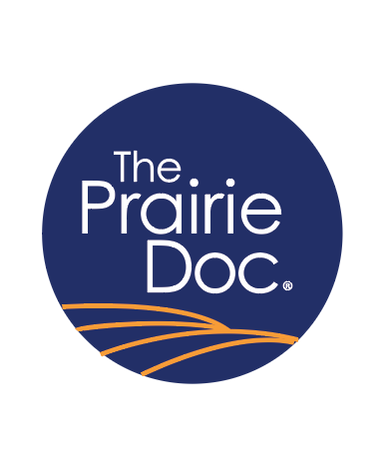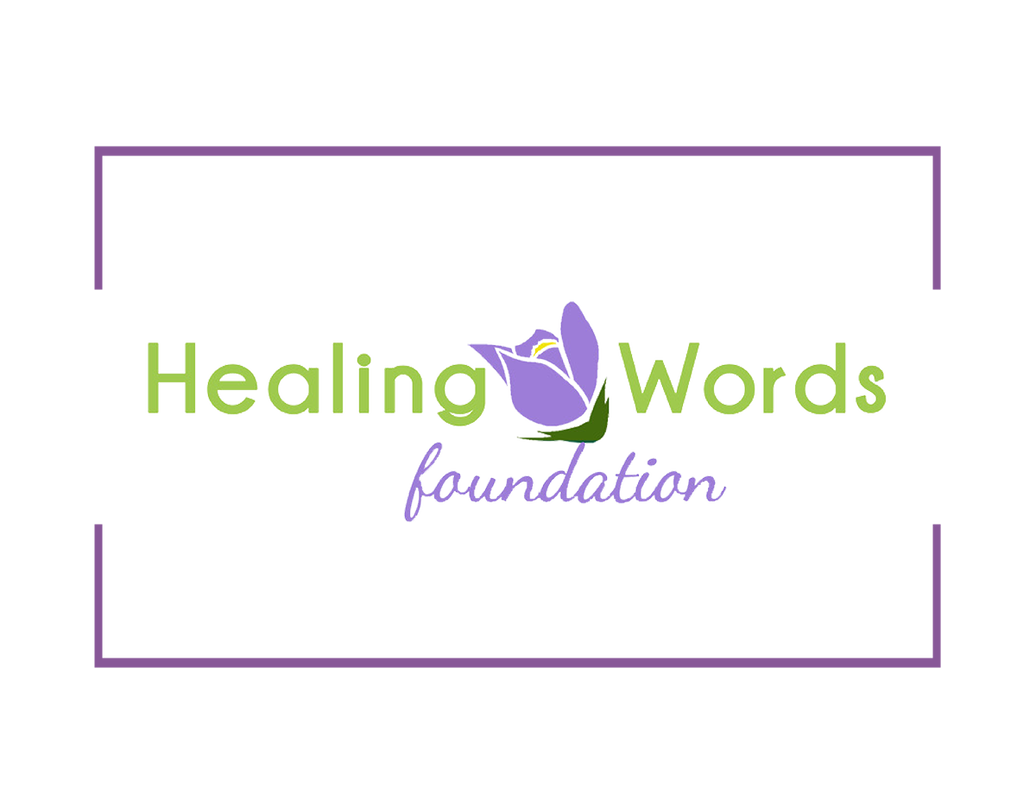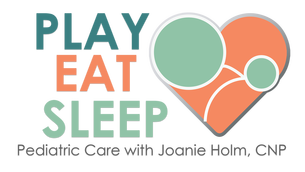|
By Richard P. Holm, MD
The shoulder is an elegant piece of machinery that can move and rotate in more directions than any other joint in the body. However, with such freedom comes less stability and greater risk of injury. The upper arm bone (humerus) and the shoulder blade (scapula) make a ball-and-socket type of joint. The ball is held into the socket by a network of rotator-cuff of muscles, tendons, ligaments, and a rim of cartilage. This whole shoulder-joint-muscle system is attached to the chest and body by the collar bone (clavicle). Despite its marvelous engineering and design, humans will over-stretch and over-use their shoulders and injuries will happen. Mr. AB had fallen off a tractor and dislocated his right shoulder when he was in his 30’s. He has been active as a farmer for more than 50 years, but over the last five months he’s noticed a gradually worsening pain in his shoulder and difficulty shoveling grain. Eventually, he told his wife he just couldn’t take it any longer and she made him an appointment to see me. This patient came to my office like many farmers come to the doctor: reluctantly. I’m glad that he did. A number of medical problems can masquerade as shoulder pain, and some of them are quite dangerous. It was critical that I first take a careful medical history and perform a detailed exam before I went any further. I discovered that the pain was not related to exertion and relieved by rest, like that from heart trouble. It did not radiate below the elbow and did not have associated neck pain, like one would see with neck-spine nerve trouble. It was not made better by eating, like that from peptic ulcer problems. It was not made worse by a big and fatty meal, which would indicate gall bladder stones. Finally, it was not related to breathing and there was no fever, signs that would indicate pneumonia. Mr. AB’s pain was clearly made worse with movement of the shoulder and nothing else. When his shirt was off, I noted both shoulders were symmetrical. With thumbs down and arms outstretched, it hurt as he raised his right arm. When I bent that arm at the elbow and rotated it downward, he winced with protest. His symptoms were the picture of inflamed, swollen, and tender structures rubbing while trying to pass under a tight arch of bone and ligament. Mr. AB went to physical therapy, hired someone else to shovel, and rested his shoulder. Over time, his injury healed and the pain went away. We take for granted the elegant engineering and design of the human shoulder. Comments are closed.
|
Archives
July 2024
Categories |
 RSS Feed
RSS Feed


